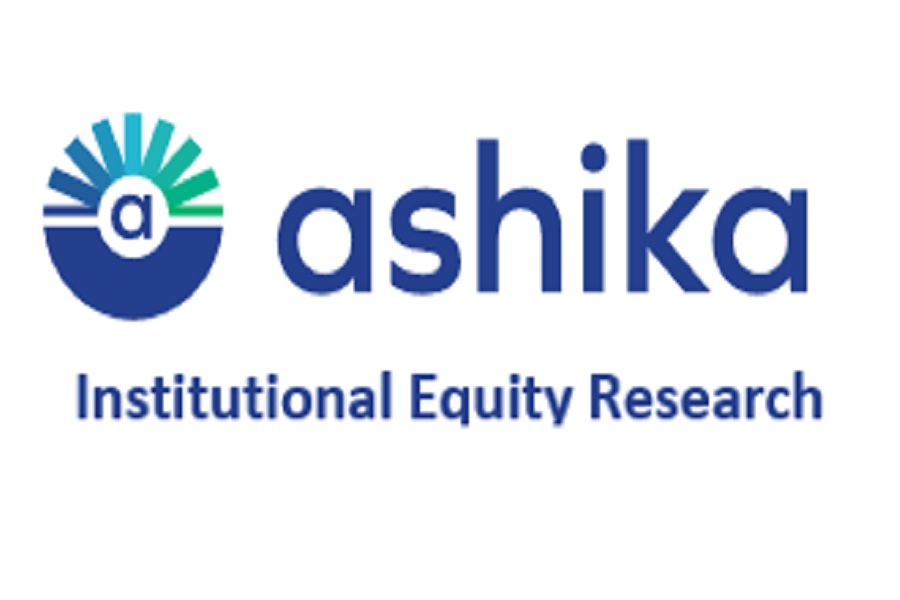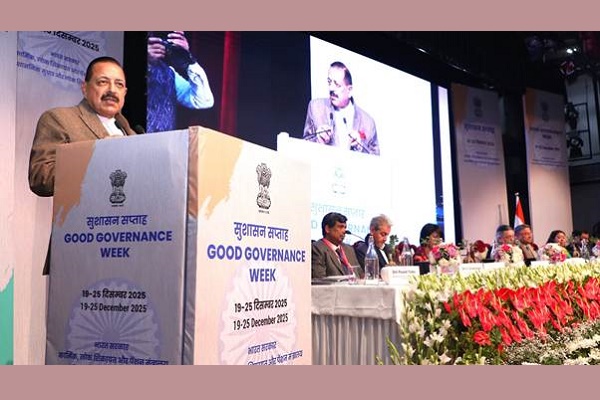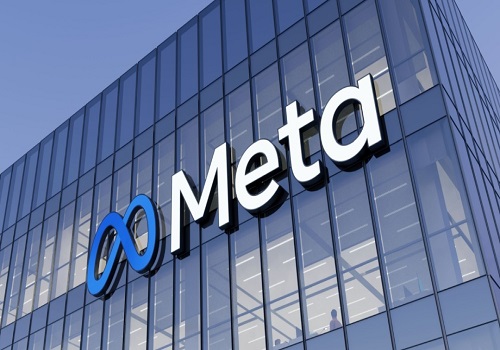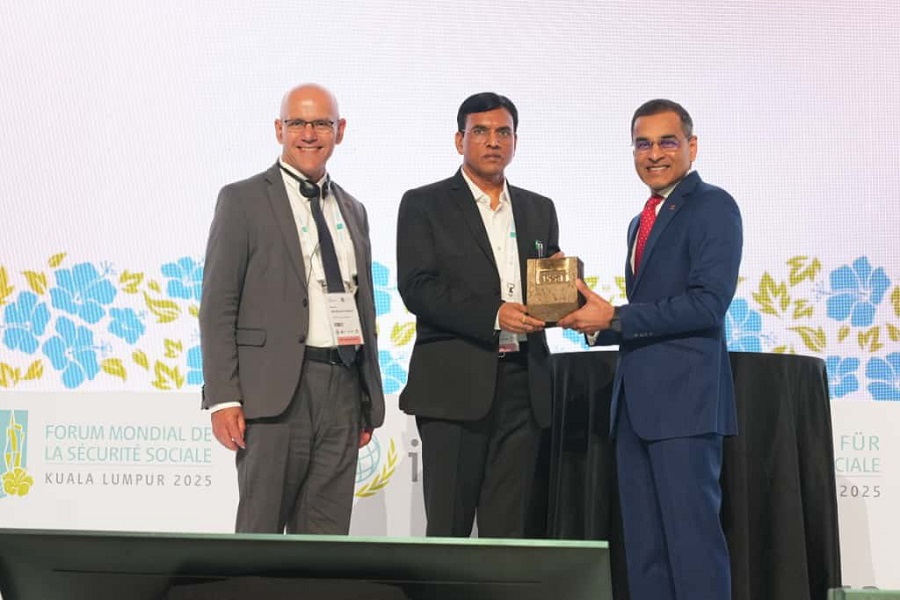ESG: Mercury hits a new high: Adaptation + mitigation in focus by Kotak Institutional Equities

Mercury hits a new high: Adaptation + mitigation in focus
Record-high global temperatures and deteriorating climate indicators in 2024 warrant urgent global climate actions, especially in the area of adaptation. India and other COP member nations are preparing their National Adaptation Plans (NAPs) to mitigate these effects. While green technology companies will benefit from investments in climate-smart solutions, more efforts are required at the global level to close the gaps in adaptation.
Climate indicators demand urgent action amid record warming
2024 was likely the first calendar year where temperatures exceeded 1.5°C above the pre-industrial levels, marking the warmest year on record in the last 175 years (see Exhibit 1). While it this does not imply a failure to reach the Paris Agreement yet, as the target to maintain warming below 1.5°C/2°C refers to long-term warming trends rather than a yearly variation. All the climate indicators underscore the accelerating adverse impacts of climate change and an urgent need for enhanced climate action and resilience measures. GHG concentrations, ocean heat content and global mean sea level reached unprecedented highs (see Exhibits 2-4). Ocean acidification continued, with significant regional variations (see Exhibit 5). Glacier mass balance showed extreme negative values and Arctic and Antarctic sea-ice extents were among the lowest recorded in 2024 (see Exhibits 6-8).
Both adaptation and mitigation measures need to gain momentum
The world experienced a series of devastating climate events in 2024, including tropical cyclones, severe flooding, extreme heatwaves and destructive wildfires (see Exhibit 9). India, too, experienced extreme weather on 93% of days in the first nine months of the year (source: CSE). The Adaptation Gap Report 2024 underscores the critical need for enhanced global adaptation efforts, along with continued mitigation measures to address the escalating impacts of climate change. Adaptation efforts in India and other developing countries will require massive investments to the tune of US$101 bn to US$975 bn annually by 2030, potentially rising further by 2050 (UNEP estimate). The UN aims to enhance climate finance accessibility and mobility for adaptation by aligning these NAPs with NDCs.
Green/adaptation tech firms to benefit from India’s climate action journey
India has launched eight national missions that are aimed at addressing climate change (see Exhibit 10). It is also preparing its National Adaptation Plan (NAP), which will be submitted to the UNFCCC by November 2025, in time for COP30. We expect companies investing in developing products/ technologies thar help in decarbonization and climate adaptation in India are poised to benefit from the massive opportunity generated by the country's climate-proofing efforts. While companies in the renewables and EV sectors will continue to thrive, frontrunners will include those investing in green hydrogen, CCUS, and climate-smart solutions for agriculture, forestry, water management, biodiversity and infrastructure resilience (see Exhibit 11).
Above views are of the author and not of the website kindly read disclaimer
























